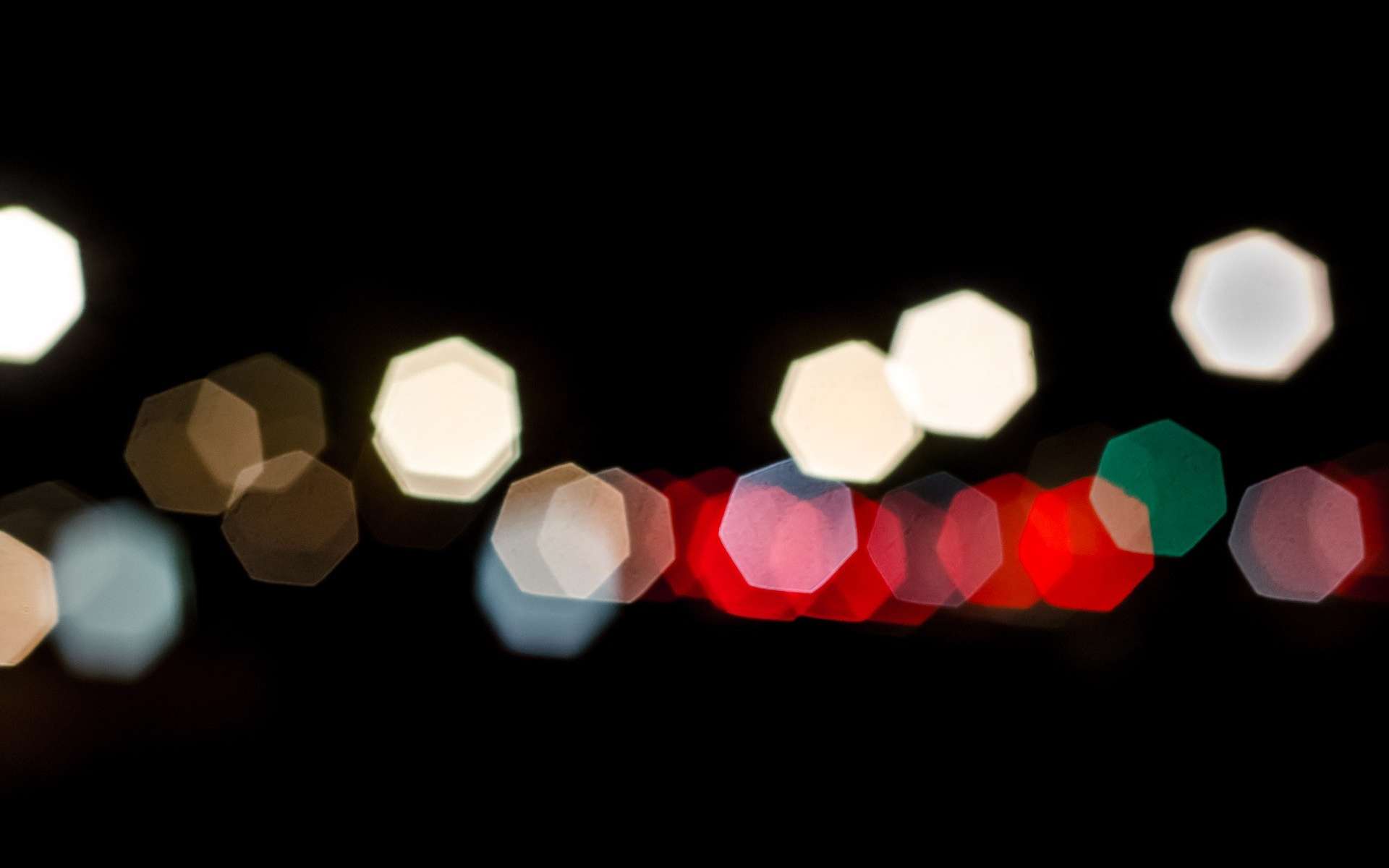What happens outside the frame, in the cinema or even on images from a video surveillance camera? Researchers have managed to create an algorithm that uses shadows and lights to reconstruct images that are invisible to the naked eye.
Researchers at the Massachusetts Institute of Technology (MIT) managed to develop an algorithm to recreate scenes that took place outside the visual field . Thanks to an analysis of the projected shadows, they were able to estimate the shape of the objects that moved elsewhere in the room.
The researchers recorded the shadows created in the room of a scene taking place outside the visual field of the camera. The scene was either a video broadcast on a screen, or directly a volunteer making gestures. They then used two convolutional neural networks simultaneously to analyze the scene.

One of the neural networks starts from the video of the original scene in an attempt to estimate the scattering of light in the room, while the other tries to reconstruct this same video only from the recording of the shadows created. When the two match, artificial intelligence attempts to extrapolate explanations from plausible hidden data.
An approach without special equipment
This is not the first research in the field, others have had similar ideas, in particular by using lasers . However, in this case the researchers did not use any special equipment, only the camera and the computer to analyze the light.
This new advance could have many applications , starting with autonomous cars which could then detect obstacles outside the visual field. The researchers are also imagining a use to improve the safety of residents in care centers dedicated to the elderly or in rescue operations.